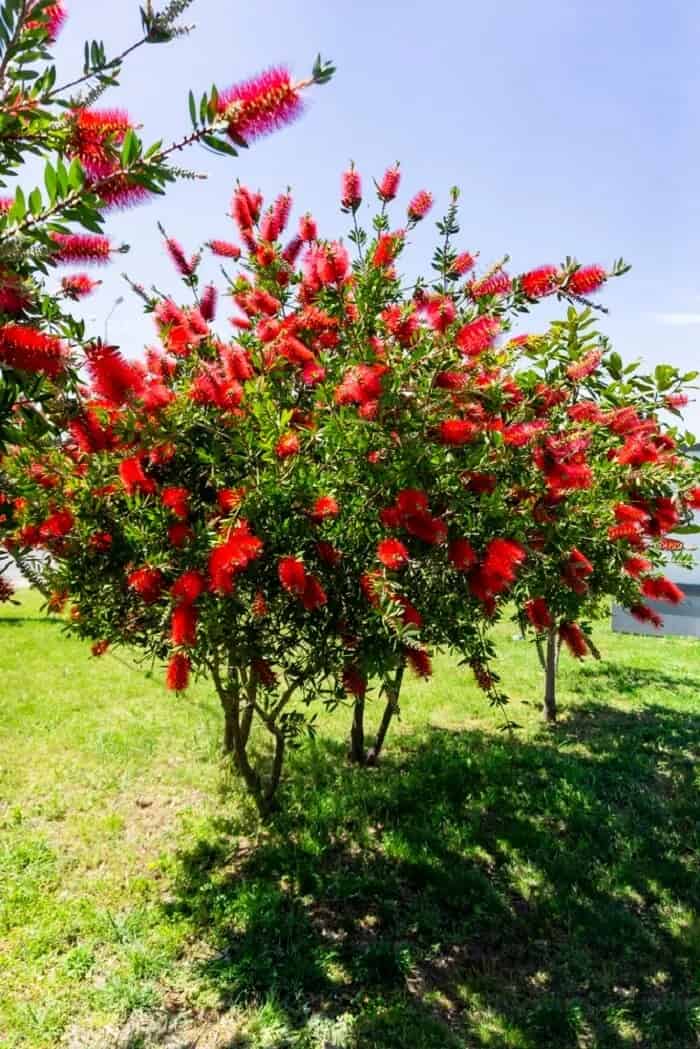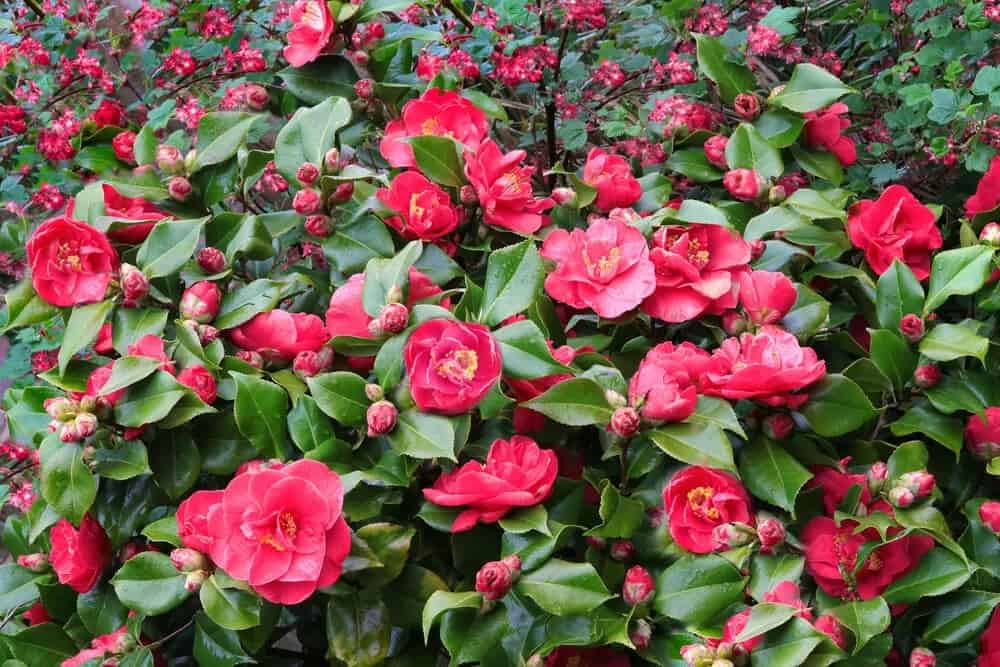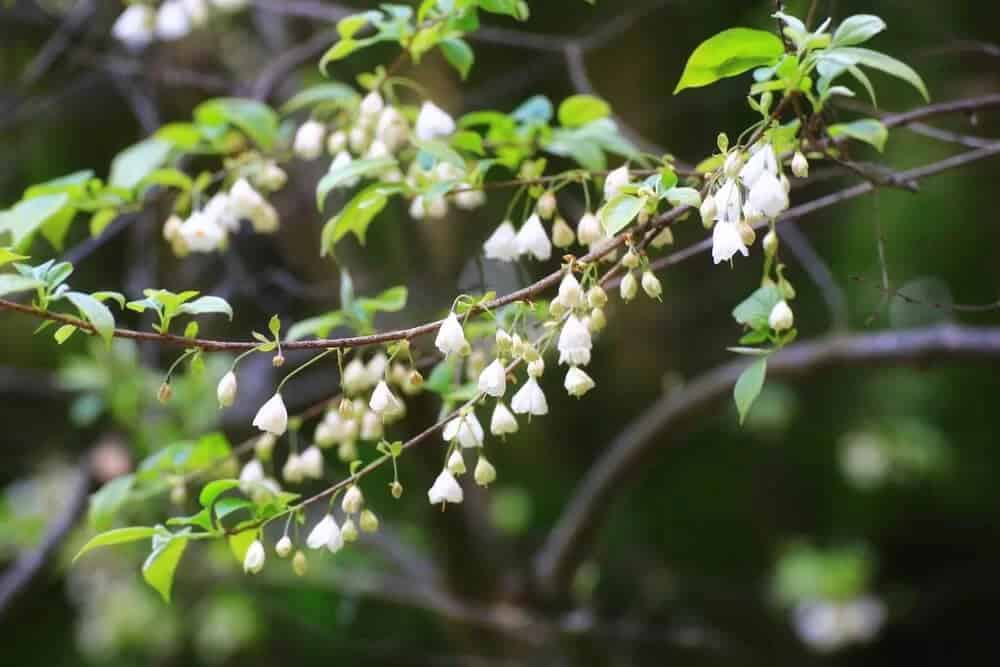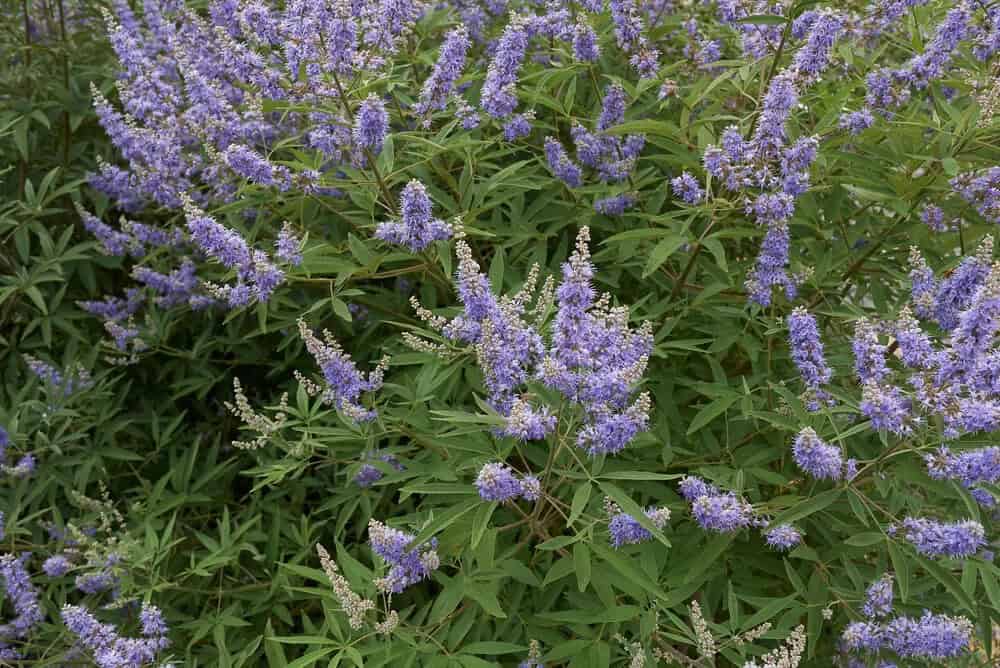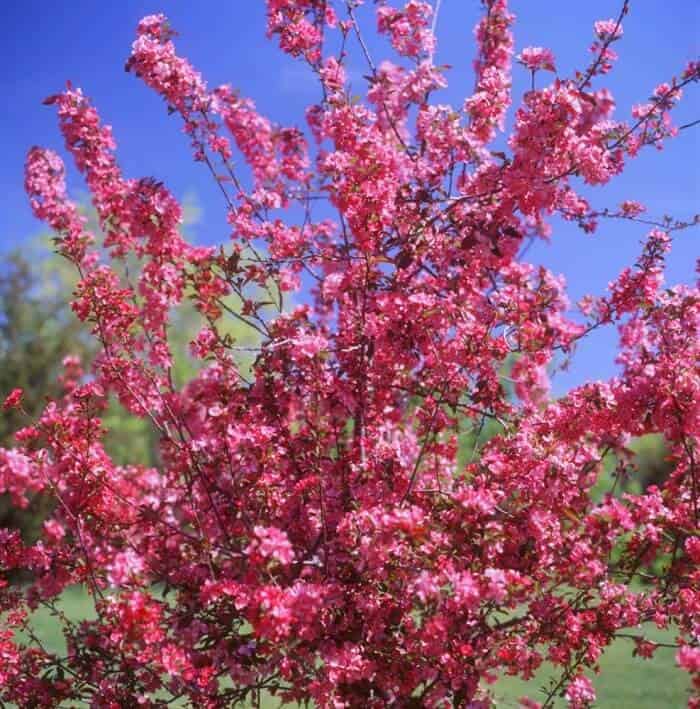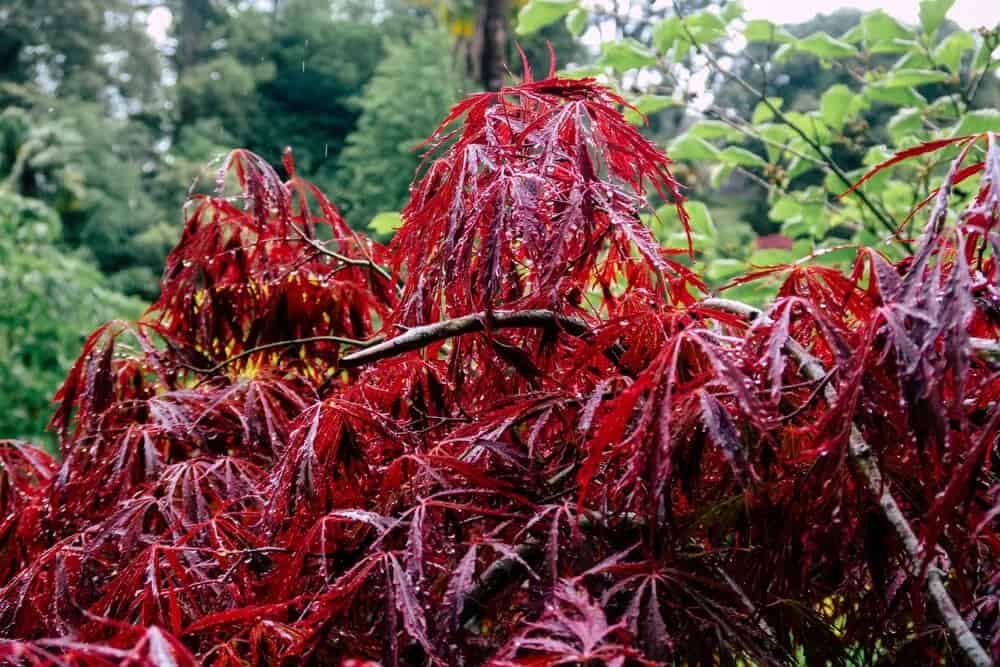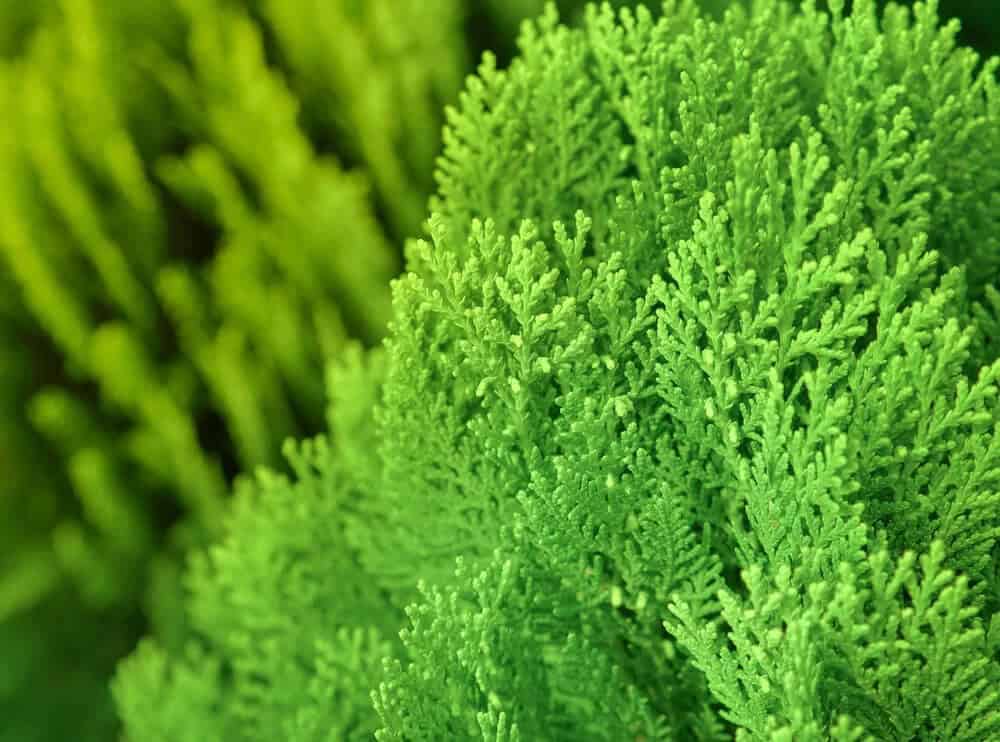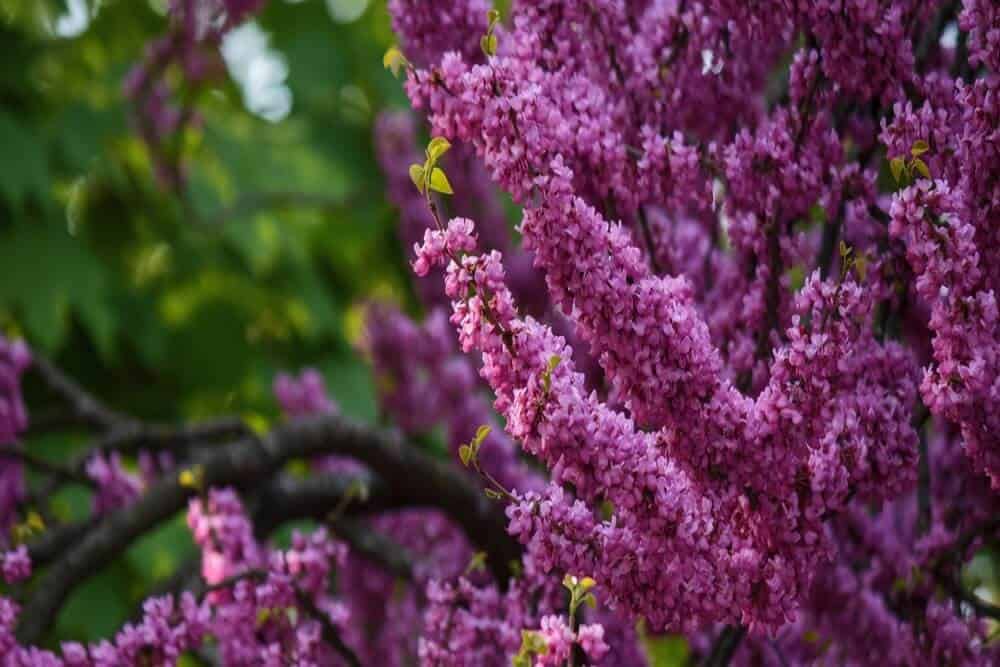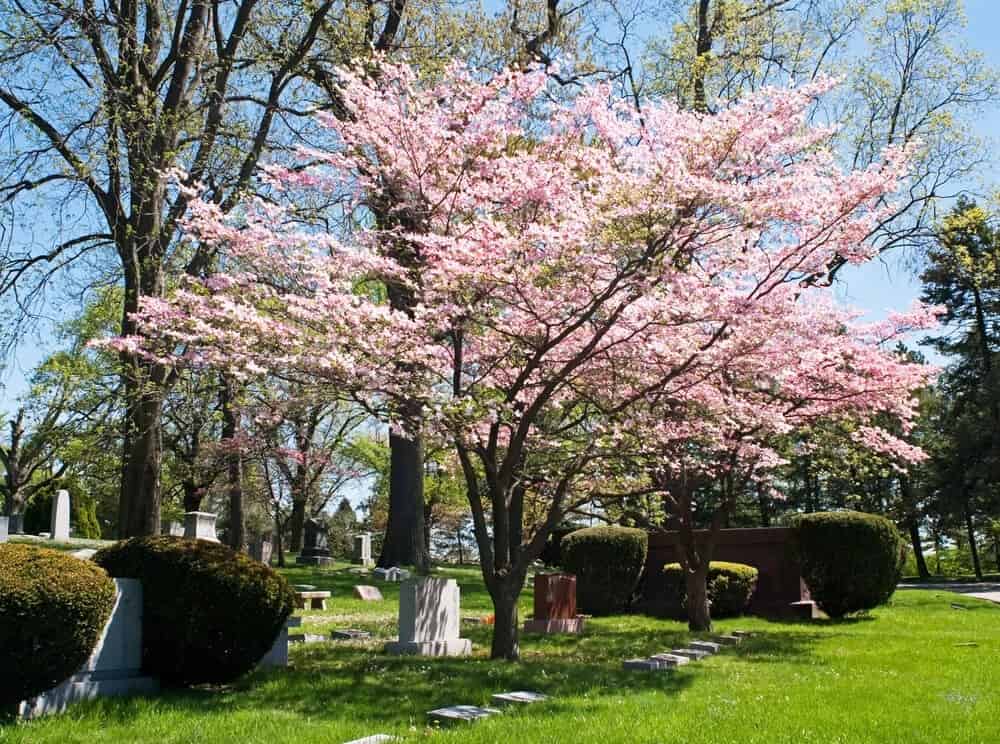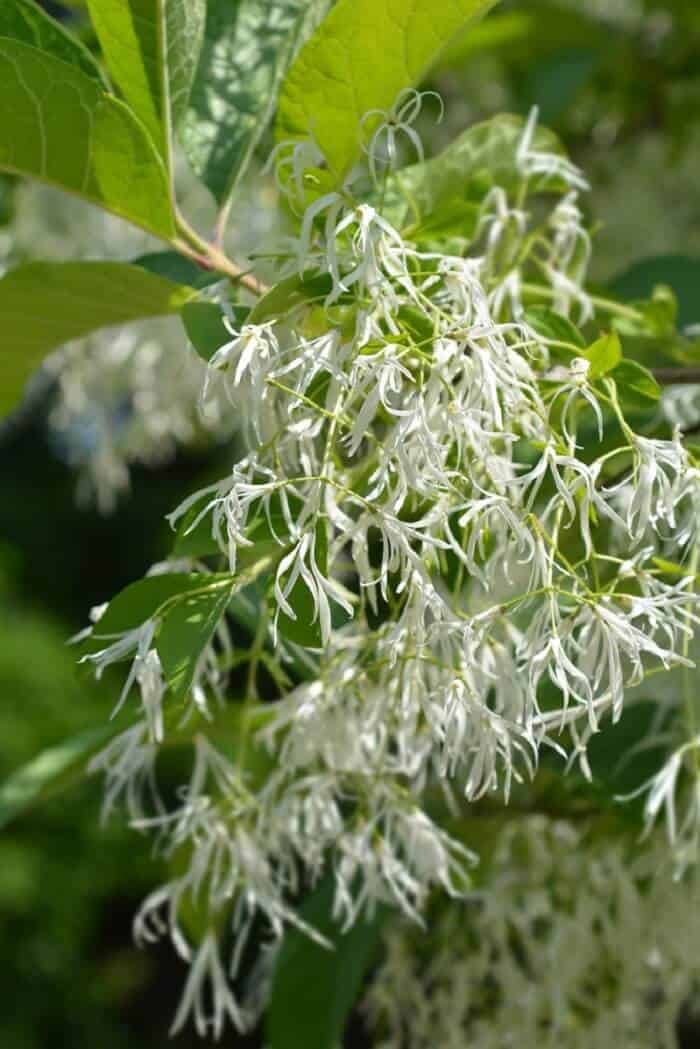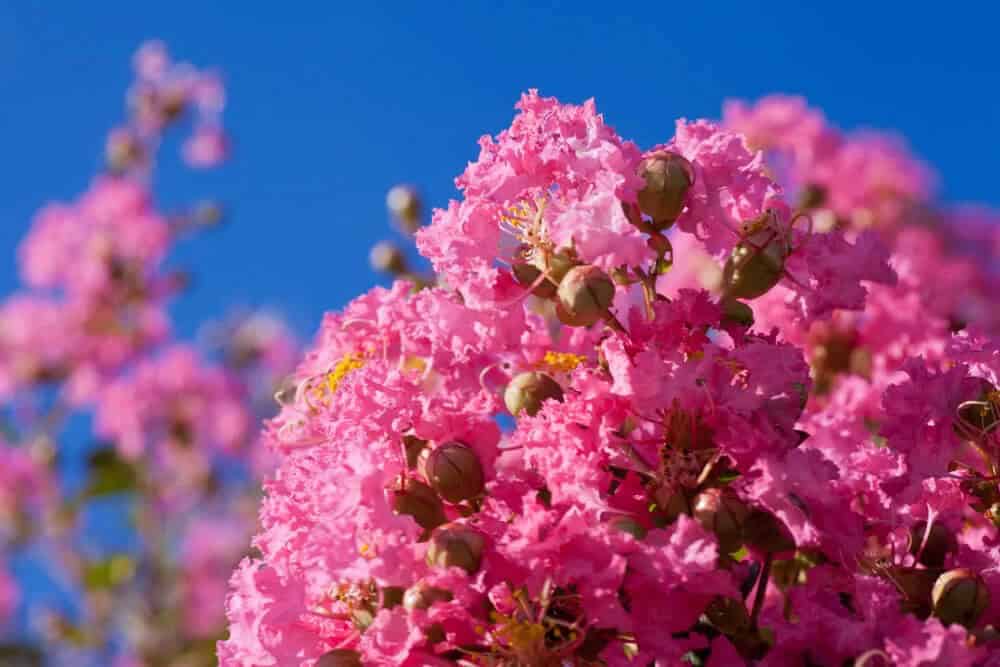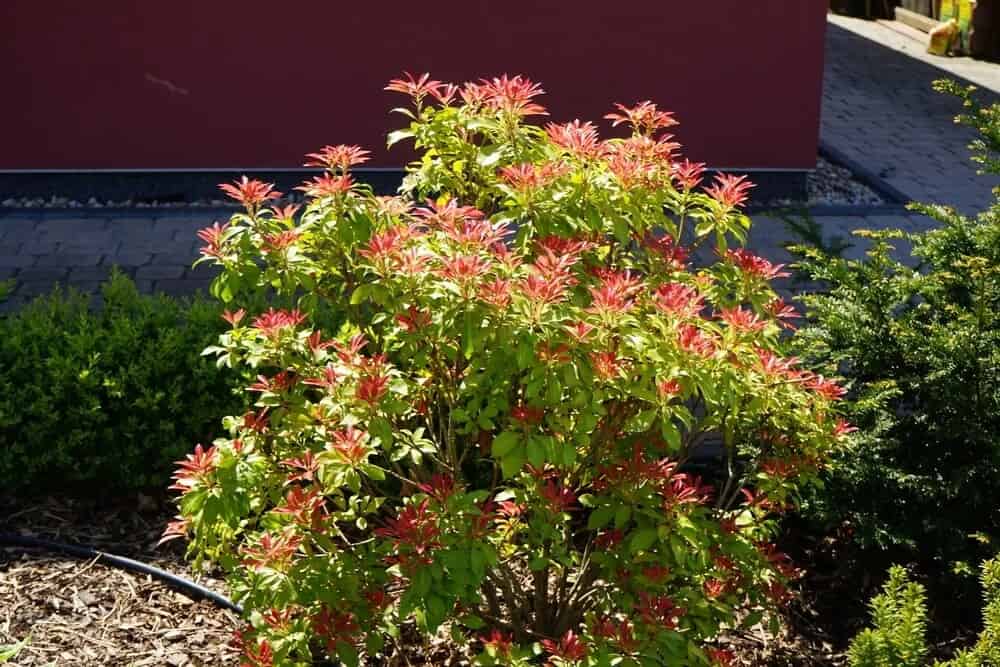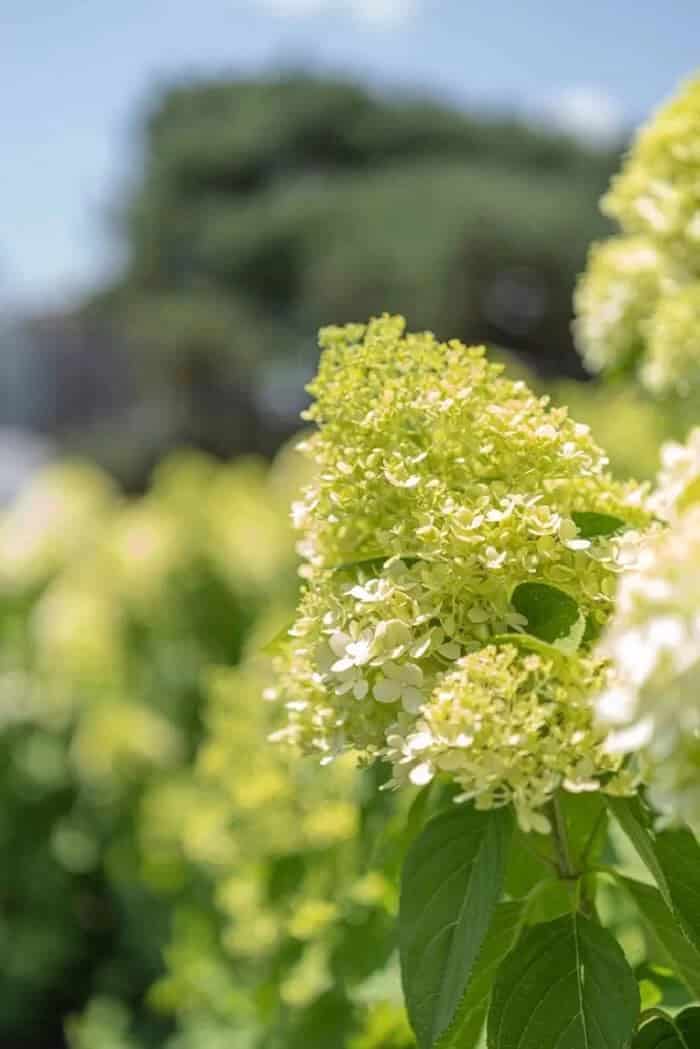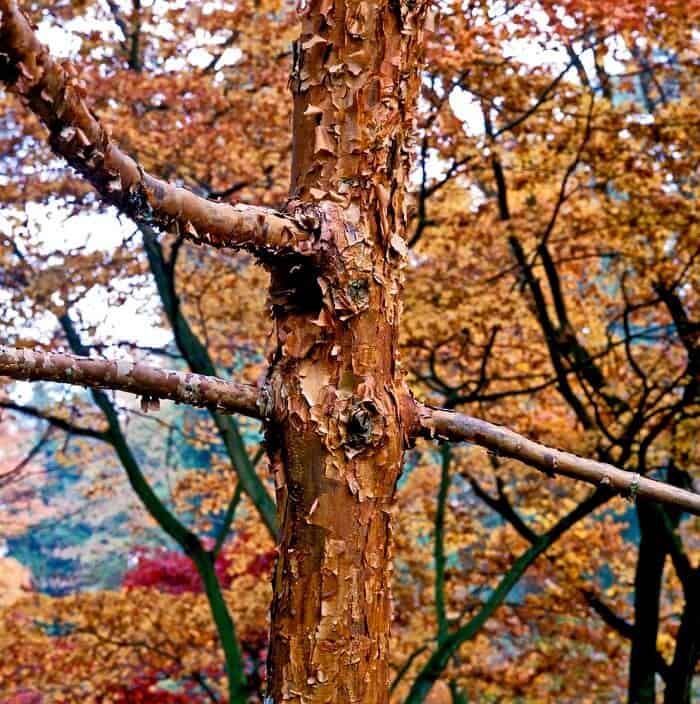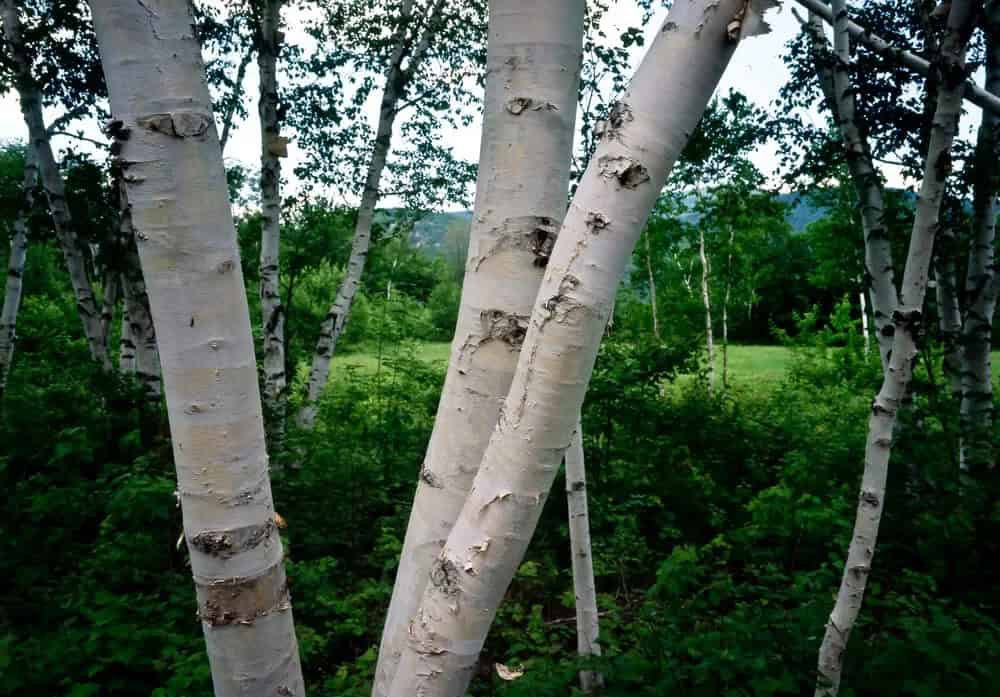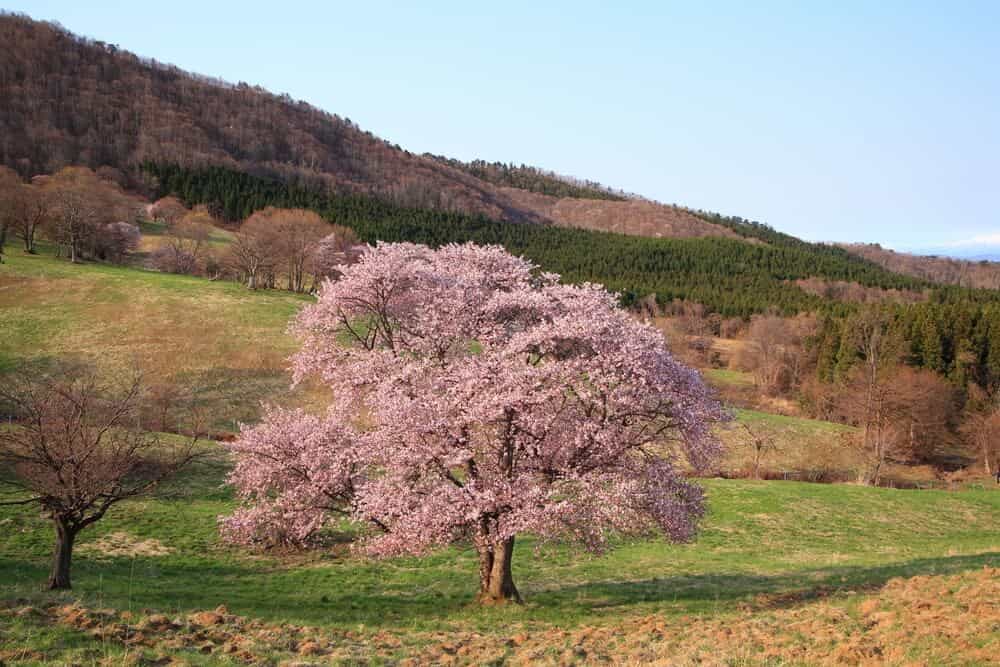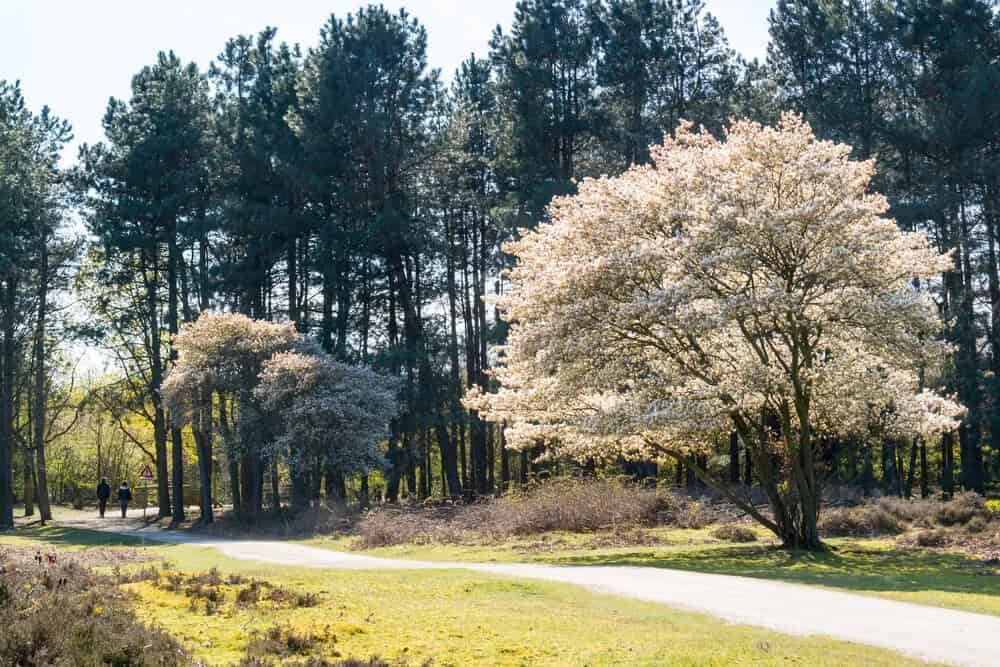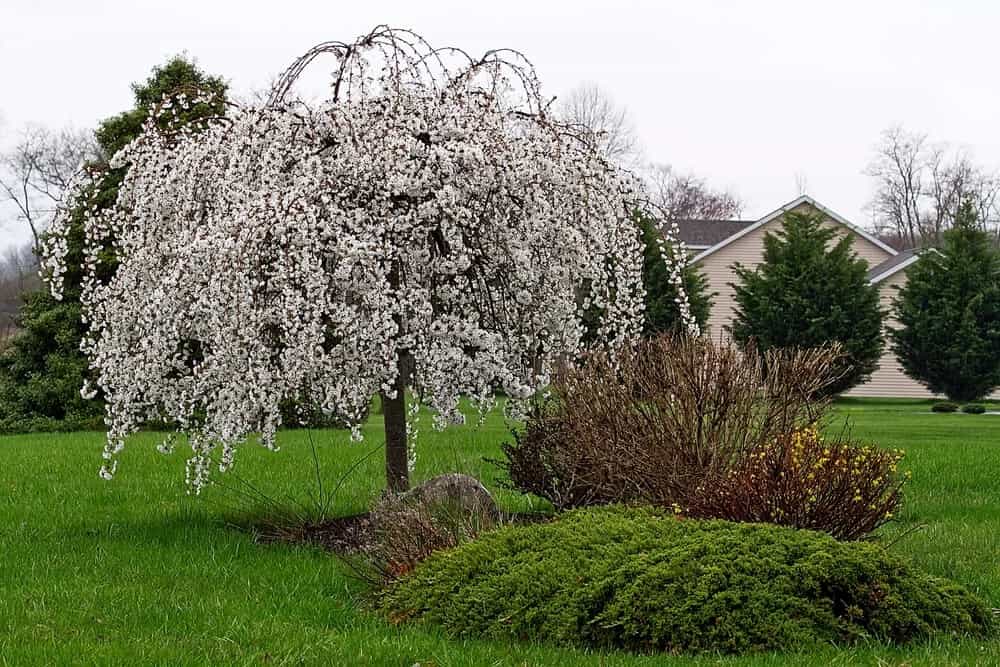When it comes to selecting trees for your landscape, bigger isn’t always better. In fact, small trees can have a surprisingly big impact on the aesthetic appeal of your garden. This is especially true when you consider that even the tiniest of trees can thrive in tight spaces, making them an excellent option for those with limited gardening areas.
Whether you’re looking to add some colorful blooms, ornamental fruit, or simply a touch of elegance to your outdoor space, our collection of small tree species has something for everyone.
Key Takeaways
As you explore the world of small trees for landscaping, you’ll encounter a diverse range of species, each with its own distinct characteristics that make it valuable as an ornamental landscape plant. As we delve into this list, you can expect to gain a wealth of knowledge about specific types and their unique traits.
One notable characteristic of small trees is their compact size – typically under 25 feet tall when mature.
Many popular varieties are actually dwarfed versions of larger trees, offering a convenient option for smaller spaces. Moreover, these diminutive trees can thrive in tight quarters, making them an ideal choice for areas with limited growing space.
In addition to their structural appeal, the flowers of small trees often prove to be their most striking feature.
Some varieties even have the ability to grow in a shrub-like form, further expanding their versatility and potential uses in landscaping design.
23 Ornamental Small Trees for Landscaping that Enhance any Property
Bottlebrush Tree (Callistemon citrinus)
Our landscaping journey starts with a flowering species that boasts some of the most distinctive blooms in the botanical world. The bottlebrush tree’s unique flowers are a treat for the eyes, boasting not only vibrant colors but also an intriguing texture. Typically, these native plants burst forth with deep red hues, their feathery structures forming loose cylindrical shapes that give them a soft, fluffy appearance during bloom time.
This versatile plant can thrive as a large shrub, medium-sized bush, or even reach heights of 25 feet, making it a stunning addition to any landscape.
Camellia (Camellia japonica)
The camellia’s crowning glory lies in its stunning flowers, which boast a rose-like appearance with many petals radiating from a central point. The intricate arrangement gives the blooms a geometric quality, making them truly breathtaking. But it doesn’t stop there – the plant also boasts attractive broad evergreen leaves that provide a beautiful backdrop for the vibrant flowers.
What’s more, the camellia is an ideal option for small gardens or spaces, as it grows to be around 10 to 12 feet tall with a slender, multi-stemmed form that adds to its elegance.
Carolina Silverbell (Halesia carolina)
The Carolina silverbell tree offers a unique combination of aesthetic appeal and ecological value, making it an attractive option for landscape enthusiasts. One key feature that sets this tree apart is its distinctive white flowers, which are small, dangling, and surprisingly effective at drawing local pollinators to the area. As they bloom, these tiny blossoms add a touch of elegance to any garden, creating a harmonious balance between form and function.
In addition to their visual appeal, the Carolina silverbell’s flowers also play a crucial role in supporting the local ecosystem by providing a vital food source for nearby pollinators. With its dual benefits of ornamental charm and ecological significance, this small native tree is certainly worth considering for your next landscaping project.
Chaste Tree (Vitex agnus-castus)
The Chaste Tree’s diminutive stature belies its striking beauty, making it a notable addition to any landscaping endeavor. Its long, purple flower spikes resemble those of lavender, but with the added charm of a compact growth habit. This resilient plant thrives in full sunlight, with at least six hours of direct exposure daily, and is surprisingly adaptable to poor soils and highly alkaline conditions – a testament to its durability and ability to flourish even in challenging environments.
Crabapple (Malus)
Your crabapple tree is likely to be a standout feature in your garden, regardless of its size. In the early spring, these trees are transformed with vibrant flowers that cover their canopies before leaves emerge. While some varieties may grow larger than others, many will remain compact and manageable, typically reaching heights of 25 feet or less. This makes them well-suited to smaller gardens or those who prefer a more contained landscape.
Crimson Queen Japanese Maple (Acer palmatum ‘Crimson Queen’)
Standing at a mere few feet tall and wide at maturity, the Crimson Queen Japanese Maple tree is an astonishingly compact version of its full-size counterpart. This dwarf cultivar of Acer palmatum boasts some remarkable characteristics, including its diminutive stature. Unlike many Japanese maples, this variety sports a weeping habit that adds to its charm. Moreover, its leaves are intricately lacy, offering a visually striking display of complexity and beauty.
Dwarf Hinoki Cypress (Chamaecyparis obtuse ‘Nana Gracilis’)
For those seeking an evergreen tree that’s both compact and visually striking, the dwarf Hinoki cypress is an excellent choice. This plant’s unique pointed cylindrical shape means it won’t spread excessively, making it ideal for tight spaces. Its dense foliage boasts a radiant green hue, often with subtle golden undertones, adding to its ornamental appeal.
While this tree can potentially reach 25 feet in height, it typically tops out at around five to eight feet tall, requiring minimal maintenance and ensuring it remains a stunning addition to any landscape.
Dwarf Mugo Pine (Pinus mugo)
The dwarf Mugo pine offers a unique charm as an evergreen option for compact growing spaces. Its irregular habit has a wild, untamed quality that’s all the more appealing due to its compact size. One of the most striking features of this species is its new growth, which appears in the form of candles that stand vertically, providing a delightful contrast to the dark green needles.
While it remains small overall, the dwarf Mugo pine does tend to spread horizontally rather than vertically, making it essential to consider its growth habit when spacing plants.
Eastern Redbud (Cercis canadensis)
For gardeners seeking an early spring display of vibrant color, the eastern redbud tree is an ideal choice. As winter’s chill begins to dissipate and the earth awakens from its slumber, this diminutive yet resilient tree bursts forth with a canopy of stunning purple flowers that adorn each prominent branch. The floral display is a true marvel of nature, offering a breathtaking spectacle that can’t be replicated by most other plants during this time.
As the blooming period subsides, the redbud’s leaves emerge in striking heart-shaped form, adding an extra layer of visual interest to the overall landscape.
English Hawthorn (Crataegus monogyna)
The English hawthorn tree stands at approximately 20 feet tall, with an irregular canopy that transforms in hue depending on the current season. In spring, it showcases stunning white blooms that eventually give way to fruit development. Notably, these fruits are just as visually striking as the flowers themselves, boasting a distinctive reddish-pink color.
Throughout its active growing period, the tree’s rich green deciduous leaves provide a picturesque backdrop for the flowers and fruits, adding depth and character to its overall aesthetic.
European Fan Palm (Chamaerops humils)
While palms are often associated with tropical climates and towering heights, the European fan palm tree is an exception. Reaching only 10 feet tall, this compact variety boasts tropical fan-shaped fronds that fans of palms adore. What’s more, it’s surprisingly resilient to cold temperatures, capable of thriving outdoors in hardiness zones as far north as zone 8 – a characteristic uncommon among most palm species.
This means the European fan palm tree can be enjoyed throughout a larger region of the United States year-round, making it an attractive option for landscaping enthusiasts.
Flowering Dogwood (Cornus florida)
The flowering dogwood is a staple in many landscape designs due to its stunning spring blooms and striking growth habit. Reaching maturity at around 25 feet tall and wide, this small tree boasts elegant, spreading branches that add visual interest to any garden. As a reliable focal point, the flowering dogwood is an excellent choice for those seeking a versatile and attractive addition to their outdoor space.
Fringe Tree (Chionanthus virginicus)
To create an eco-friendly landscape design, consider incorporating native species into your plan. Not only do these plants support local pollinators and wildlife, but they can also be just as visually stunning as their non-native counterparts. For example, the fringe tree is a beautiful option that originates from the eastern United States. Its showy white flowers boast an unique frilly texture, adding visual interest to any landscape.
By choosing native species, you’ll not only be doing your part for the environment but also enjoying a unique and charming landscape design.
Hopi Crape Myrtle (Lagerstroemia indica ‘Hopi)
While most crape myrtle varieties tend to be compact, there’s one variety that stands out for its smaller stature: the Hopi crape myrtle. This cultivated option reaches a maximum height of 5-10 feet, making it an ideal choice for those seeking a low-maintenance ornamental plant. Like other crape myrtles, the Hopi boasts stunning features, including large clusters of vibrant pink flowers that remain in bloom for extended periods throughout the year.
Jane Magnolia (Magnolia liliflora ‘Jane’)
Although Jane magnolias are capable of reaching surprising heights, they don’t quite scale the same level as some other varieties. In fact, this compact hybrid can grow into a shrub-like form in certain cases. What’s more impressive is the show it puts on each spring, with flowers blooming before leaves emerge. While these blooms are undeniably lovely, they do come with one drawback: late winter and early spring storms can be detrimental to their delicate petals.
To ensure your Jane magnolia’s blossoms remain intact, consider planting it in an area with some level of wind protection – a thoughtful precaution that will reward you with years of stunning displays.
Japanese Pieris (Pieris japonica)
The Japanese Pieris, also known as Japanese Andromeda, is a versatile plant that can develop into either a small tree or a large shrub depending on its maturity level. While its age may vary, this evergreen perennial boasts a rounded canopy adorned with glossy leaves featuring a pointed oval shape. As the bloom cycle approaches, clusters of bell-shaped flowers emerge from the stems, creating a visually striking display.
Some variations of the Japanese Pieris also exhibit vibrant red and orange hues on new growth, which gradually mature into green as the seasons progress.
Limelight Hydrangea Tree (Hydrangea paniculata ‘Limelight’)
While many hydrangea varieties are known for their medium to large size, the limelight hydrangea tree stands out as a dwarf species that takes on a miniature tree form. Its slender trunk and compact canopy of flowers and foliage set it apart from other shrubs in its class. One of the most striking features of this plant is its distinctive blooms, which are primarily white with a subtle green tint.
This unique coloration, combined with its unusual growth habit, makes the limelight hydrangea tree an intriguing addition to any landscaping endeavor.
Paperbark Maple (Acer griseum)
While many maple tree varieties boast impressive characteristics, the paperbark maple often flies under the radar. However, its unique features make it an excellent choice for those seeking a compact, visually stunning tree. One of the paperbark maple’s most striking attributes is its rich bronze bark, which glistens in sunlight. As the tree grows, its outer layers peel dramatically, revealing intricate patterns that add to its allure.
Additionally, the paperbark maple’s leaves differ from those of many other maple species, potentially contributing to its relative lack of recognition as a popular maple option.
Paper Birch (Betula papyrifera)
While paper birch trees are a common sight in both residential landscapes and forests across the United States, they rarely grow tall enough to be considered medium-sized. Instead, they typically remain small throughout their lifetime, offering year-round interest to gardens. This is largely due to their distinctive white bark, which remains visible even as the leaves change from green to vibrant shades of yellow during autumn.
Royal Purple Smoke Tree (Cotinus coggygria ‘Royal Purple)
For garden enthusiasts with a penchant for all things purple, the royal purple smoke tree is an exceptional choice for their next landscaping endeavor. This stunning small tree boasts a majestic display of various purple hues, courtesy of its round, dark purple leaves. The plant’s ornamental seed clusters add to its visual appeal, featuring a subtle smokiness that lends texture and depth.
What’s more, the royal purple smoke tree is remarkably low-maintenance, with a simple care routine and a moderate height of just 15 feet, making it an excellent option for gardeners seeking a manageable yet eye-catching addition to their outdoor space.
Sargent Cherry (Prunus sargentii)
The Sargent cherry tree is a flowering plant variety that can be a stunning addition to any garden. One of its most notable features is its vibrant pink canopy during spring, when the famous cherry blossoms bloom and release their sweet fragrance, attracting pollinator species from far and wide. The tree’s sturdy trunk is characterized by a shiny gray color with prominent horizontal lenticels, providing a striking visual contrast to the delicate flowers above.
Measuring on the smaller side, this compact rounded tree is particularly well-suited for smaller growing areas, making it an ideal choice for gardeners looking to add some color and interest without overwhelming their space.
Serviceberry (Amelanchier canadensis)
The serviceberry tree is a tiny yet remarkable species that produces flowers in early spring, a feat few other plants can match. Its small, white blooms are loosely star-shaped, adding to their charm. As the seasons progress, these flowers give way to edible and visually appealing fruits. Notably, the serviceberry plant boasts a picturesque growth habit, characterized by multiple slender stems that curve upward as they mature, creating a beautiful display.
Weeping Higan Cherry Tree (Prunus pendulata ‘Pendula Rosea’)
The last tree on our list of ideal small trees for landscaping is a cultivated species that impresses with its floral displays and unique growth pattern. Like the Sargent cherry tree, the weeping higan cherry tree produces an abundance of pink flowers in the spring, making it a standout feature in any landscape. Its arching branches create a sweeping canopy that rests atop a single main trunk, giving the plant a striking presence.
While pruning is necessary to maintain the pendulous branches from becoming overly dense, this tree is generally low-maintenance and easy to care for.
Frequently Asked Questions About Small Trees for Landscaping
What Size is a Small Tree?
While the term ‘small tree’ is commonly used to describe plants of varying sizes, there’s actually a more precise definition at play. Technically speaking, small trees are those that reach maturity at a height of 25 feet or less. It’s not just about size, though – these plants must also exhibit a tree-like growth habit.
This means that while any plant below 25 feet in height may be referred to as ‘small’, only those that display the characteristic traits of a small tree can truly be classified as such.
Which Tree is Best for the Front Yard?
When selecting a tree for any given location, it’s essential to consider one that can thrive in the prevailing growing conditions. For many homeowners, ornamental trees and shrubs are an attractive option for front yards, as they enhance curb appeal and fill out foundation beds with lush foliage. Similarly, shade trees can be a valuable addition to the front yard landscape, provided there is sufficient space to accommodate their mature size.
By casting shadows on the home, these trees can even help reduce cooling costs during the summer months.
What is the Best Tree to Plant Near a House?
When situating a tree near a dwelling, it’s crucial to choose a species that won’t outgrow the designated area. If a plant becomes too large, it can cause harm to both above-ground and below-ground components of the house, potentially leading to structural damage. A more effective strategy is to select a species that remains compact throughout its life cycle. Species with slender, upright growth habits are also often well-suited for areas proximal to houses and other structures.
What is the Smallest Growing Tree?
While it’s impossible to pinpoint the absolute smallest tree globally, there exist numerous dwarf plant varieties that thrive at remarkably tiny scales. One notable example is bonsai species, whose diminutive size stems from both natural growth patterns and deliberate cultivation methods designed to preserve their compact nature. Furthermore, many dwarf tree varieties can flourish outdoors, reaching heights of mere feet or fewer, making them a fascinating sight in any landscape.
What is a Shrub or Small Tree?
The boundary between shrubs and small trees can be blurry, with some plants oscillating between the two forms over their lifespan. As they grow, certain shrubs may gradually develop into small trees, while others may remain stunted or evolve in response to pruning practices. The distinction between a large shrub and a small tree is not always clear-cut, which is why this term is useful for capturing the nuances of plant morphology.
What Trees Are Safe Next to the House?
When selecting trees to grow near a house, it’s crucial to consider factors that might impact the structural integrity of the property. One key consideration is the tree’s mature size, as larger trees can encroach on the foundation or walls of the house. Additionally, some plants have more aggressive root systems than others, which can potentially damage a home’s foundation.
To avoid such issues, it’s essential to choose trees with roots that are less invasive and ensure sufficient spacing between the tree and the house. Even if you select a suitable species, proper planning and maintenance are still necessary to prevent problems from arising.
As interest in small trees for landscaping continues to grow, we’re addressing common questions about this topic to provide practical insights and foundation knowledge for anyone looking to incorporate these beautiful plants into their outdoor space.
23 Graceful Small Trees for Landscaping that Are Easy to Manage
It’s undeniable that even the smallest trees can bring immense visual appeal to any outdoor space. One of the key advantages of using small trees for landscaping is their incredible diversity. They come in a wide range of shapes, sizes, and colors, featuring beautiful flowers, foliage, fruits, and more. This variety is precisely what makes small trees so universally popular among gardeners.
Their compact size also allows them to thrive in even the most limited growing spaces, making them an ideal choice for urban gardens, rooftops, or other areas with restricted space. As such, it’s likely that you’ll need a small tree for your landscape at some point. When that time comes, our list can serve as a valuable starting point for exploring the best species options.
